Have you ever noticed how certain colors make you feel a certain way? Maybe red makes you feel excited, or blue feel calm and peaceful. This isn’t a coincidence—colors can greatly affect our emotions, behaviors, and decisions. Color psychology is the study of how colors influence us in our daily lives, from our moods to our actions.
In this blog post, we’ll dive deep into the fascinating world of color psychology. We’ll explore how colors impact our feelings, how they’re used in marketing and design, and how we can use color to improve our lives. By the end, you’ll see color differently and might even start using it to shape your surroundings and influence your mood.
What Is Color Psychology?
Color psychology is the study of how colors affect our minds and behaviors. While colors are just wavelengths of light that we see, our brains interpret them in powerful ways. This is because colors can connect to memories, cultural associations, and even natural instincts.
For example, many people feel calm when they see the color blue because it reminds them of the sky or ocean. Similarly, red is often associated with alertness or excitement because it’s a bold color we notice easily. By understanding color psychology, we can see how these associations work and use them to our advantage.
Why Colors Affect Our Emotions
Colors affect our emotions because of a mix of biology, psychology, and culture. Here’s how:
Biology: Our eyes and brains are hardwired to notice color. Some colors can trigger natural responses in our bodies. For example, Orange is known to increase energy and stimulate enthusiasm, which might explain why it’s often used to create a welcoming and lively atmosphere.
Psychology: Colors are connected to certain memories and feelings. For instance, a bright yellow might remind us of sunny days and happiness, while gray can make us feel more reserved or calm.
Culture: Different cultures have different associations with color. In Western cultures, white is often linked with purity, but in some Eastern cultures, white is associated with mourning. Understanding these cultural differences is especially important in marketing and global design.
Artwork by Toshia D.
Deante Gates | Marissa | Kyndl
Exploring the Meaning of Individual Colors
Let’s look closely at some common colors and the psychology behind each one. While everyone’s reactions to color can be personal, these are general trends based on psychological research and cultural influences.
1. Red: Passion, Excitement, and Urgency
What It Represents: Red is often associated with strong emotions like passion, excitement, and love. It’s also linked to urgency, which is why it’s used in stop signs, warning signals, and clearance sales.
How It Affects Us: Red grabs our attention. It can make us feel energized, alert, and even a little aggressive. Because it’s a stimulating color, red is often used in fast-food logos to stimulate appetite.
Where It’s Used: Marketing, restaurants, and advertisements use red to spark quick decisions or add excitement.
2. Blue: Calm, Trust, and Stability
What It Represents: Blue is often linked with calmness, trust, and reliability. It reminds people of the sky and the sea, which have soothing, constant qualities.
How It Affects Us: Blue is known to have a calming effect. It can lower heart rate and blood pressure, which is why it’s commonly used in hospitals or wellness spaces.
Where It’s Used: Banks, insurance companies, and tech brands often use blue to appear trustworthy and dependable.
3. Yellow: Happiness, Energy, and Warmth
What It Represents: Yellow is bright and cheerful, often associated with happiness and positivity. It reminds us of the sun and is connected to warmth and optimism.
How It Affects Us: Yellow can lift our spirits and make us feel energized, but too much yellow can also cause feelings of anxiety. It’s a color that’s best used in moderation.
Where It’s Used: In children’s products, travel ads, and food packaging, yellow can add a sense of fun and friendliness.
4. Green: Nature, Growth, and Health
What It Represents: Green is the color of nature, symbolizing growth, health, and renewal. It’s often linked to the environment and sustainability.
How It Affects Us: Green has a relaxing effect on the mind and body. Because it’s so common in nature, it can help us feel balanced and refreshed.
Where It’s Used: Health food brands, environmental organizations, and spas use green to connect with themes of health and tranquility.
5. Purple: Creativity, Luxury, and Mystery
What It Represents: Purple has long been associated with royalty, luxury, and mystery. In the past, purple dye was rare and expensive, so it became a color for the wealthy.
How It Affects Us: Purple can inspire creativity and imagination. It’s often seen as a unique color that’s a little mysterious and sophisticated.
Where It’s Used: Luxury brands, beauty products, and creative fields often use purple to add an element of elegance or mystery.
6. Orange: Energy, Warmth, and Playfulness
What It Represents: Orange combines the excitement of red and the warmth of yellow. It’s associated with energy, enthusiasm, and a playful vibe.
How It Affects Us: Orange can make us feel energized and cheerful. It’s a fun, welcoming color that feels friendly.
Where It’s Used: Gyms, children’s products, and fast-food restaurants use orange to make spaces feel lively and friendly.
7. Black: Power, Sophistication, and Mystery
What It Represents: Black is often linked to power, sophistication, and mystery. It’s a color of elegance but can also feel intense.
How It Affects Us: Black can give a sense of seriousness and authority. It’s often used to create contrast and drama in design.
Where It’s Used: Luxury brands, fashion, and formal products use black to convey elegance and power.
8. White: Purity, Cleanliness, and Simplicity
What It Represents: White is linked to purity, cleanliness, and simplicity. It’s often associated with new beginnings and a blank slate.
How It Affects Us: White can make spaces feel open and clean. It can also give a sense of peace and freshness.
Where It’s Used: Health and beauty brands, as well as minimalist and modern designs, often use white to convey simplicity and purity.
Artwork by Toshia D.
How Colors Are Used in Marketing and Branding
Companies and brands use color psychology in their logos, advertisements, and stores to connect with customers emotionally and influence their decisions. Here’s how brands use color strategically:
To Create Brand Identity: Colors can help define a brand’s personality. For example, Yellow is bright and cheerful, while green is refreshing and natural. The colors a brand chooses tell a story about its values and personality.
To Draw Attention: Bold colors like red and yellow are often used to grab attention. That’s why clearance signs are usually red and yellow—these colors make us look twice!
To Create a Mood: Brands create the right environment with color. For example, a spa might use soft greens and blues to make you feel relaxed, while a tech company might use blue and gray to feel innovative and reliable.
To Influence Purchasing Decisions: Studies have shown that colors can impact how people shop. For example, red and orange are known to encourage quick decisions, which is why they’re often used in retail sales and “Buy Now” buttons online.
Using Color Psychology in Everyday Life
Understanding color psychology can help you make better choices in your daily life. Here’s how you can use it:
In Your Home: Use colors to create different moods in each room. For instance, blue and green are great for bedrooms to create a peaceful space, while yellow or orange in the kitchen can make it feel lively.
In Clothing: Colors can affect how people see you. Wearing black to a meeting might make you look serious and professional while wearing blue can make you seem approachable and calm.
In Your Workspace: Adding colors like green or blue can help reduce stress and improve focus, making these colors great for a home office.
In Personal Branding: If you’re building a personal brand or business, think about the colors you use. They should represent who you are and the message you want to convey to your audience.
How to Use Color Psychology Effectively
If you want to use color psychology in your life or work, here are some tips:
Think About Your Goal: Consider what feeling you want to create. Do you want people to feel excited, calm, or curious? Choose colors that match your goal.
Keep Culture in Mind: Remember that colors mean different things in different cultures. If you’re designing something for a global audience, do some research to make sure your color choices work.
Use Contrasting Colors for Attention: If you want something to stand out, like a call-to-action button on a website, use contrasting colors. This makes it easy for people to spot the important part.
Experiment: Color psychology isn’t a perfect science. Try different colors and see how they make you feel. Sometimes the best way to understand color is to experience it!
The Power of Color
Color is a potent tool in our lives. It shapes how we feel, think, and even behave without us realizing it. By understanding color psychology, we can use color to improve our surroundings, influence others, and make better choices for ourselves.
Now that you know the basics of color psychology, start noticing the colors around you. See how they affect you and others. Whether decorating a room, picking an outfit, or creating a brand, remember that color can tell a story, set a mood, and make an impact. Use it wisely, and enjoy the vibrant world of color around you!
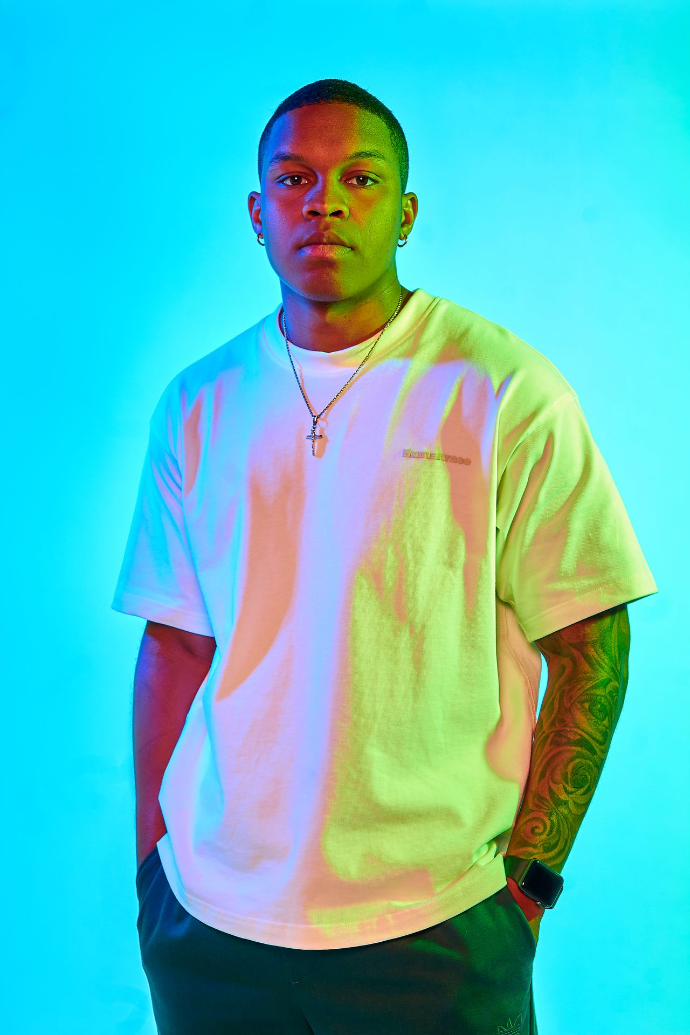
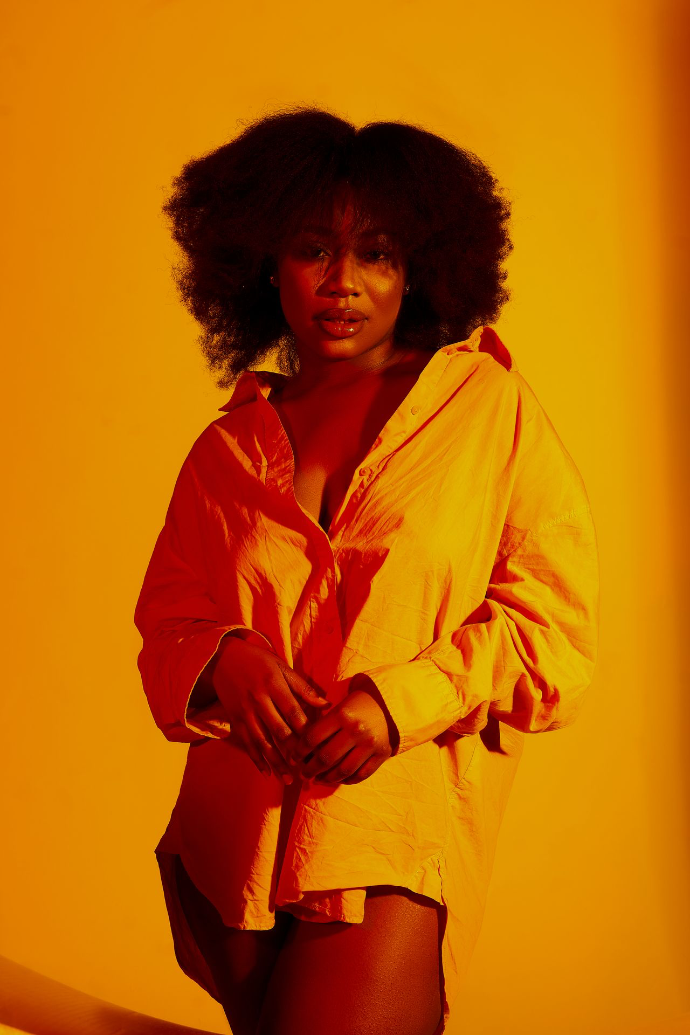
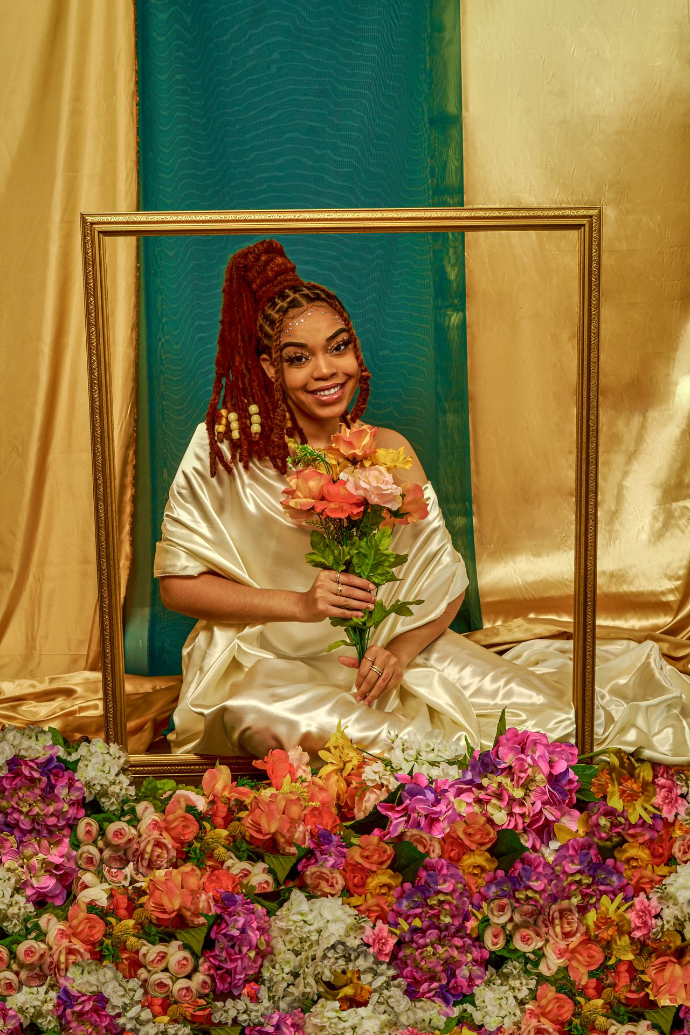
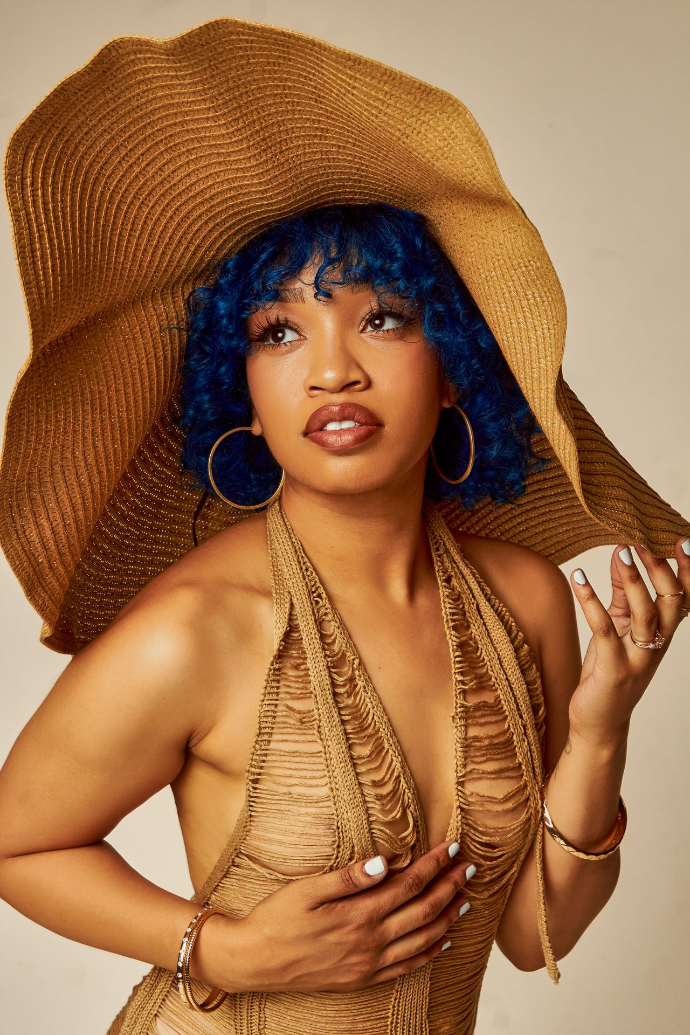
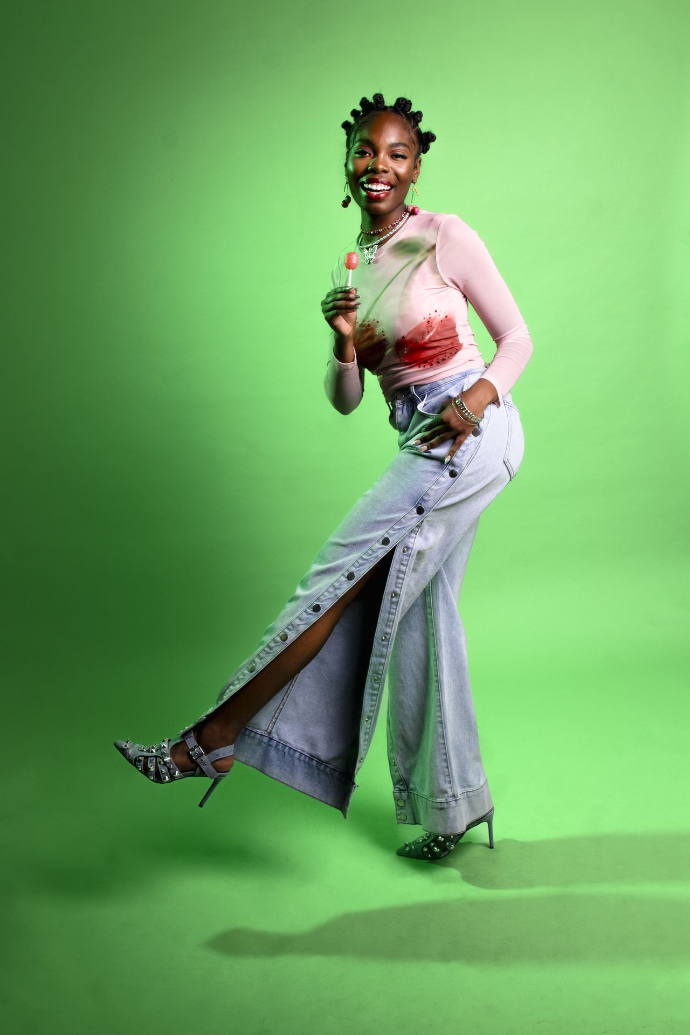
How Color Psychology Shapes Emotions, Choices, and Lives